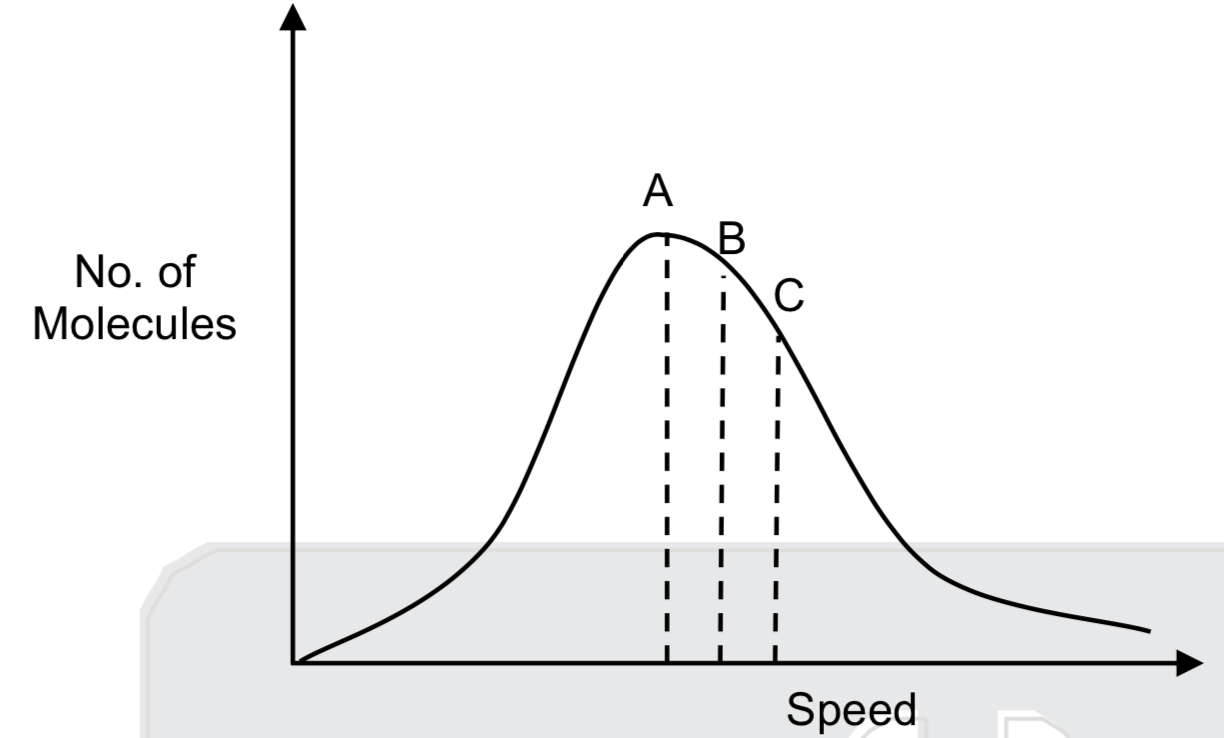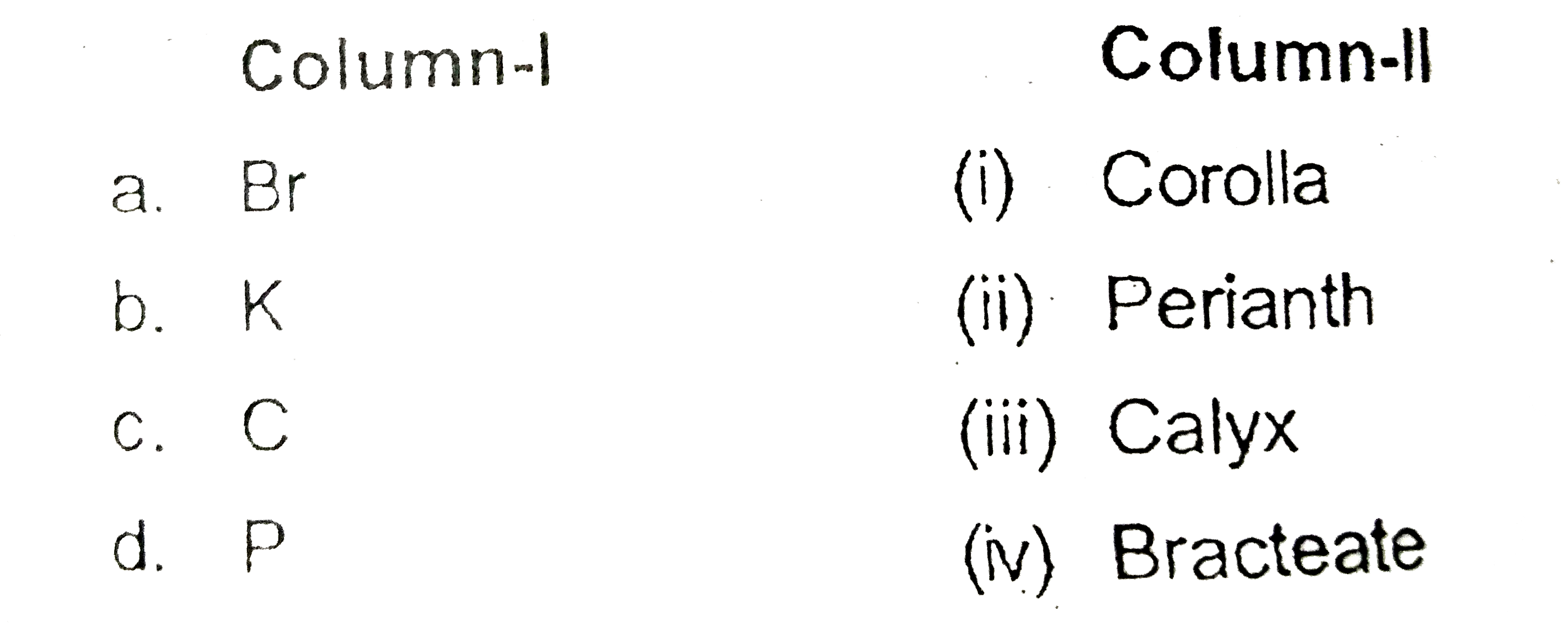Select correct order out of given options :-
BeCO3<BaCO3→ Covalent character
BeO>SrO→ Lattice anergy
Be2+<Li+→ Hydration energy
Be2+(aq.)>Li+(aq.)→ Ionic Mobility
The correct Answer is:B
To solve the question regarding the correct order of properties among the given options, we will analyze each option step by step.
Step 1: Analyze Option A
Statement: Beryllium carbonate (BeCO3) has less covalent character than barium carbonate (BaCO3).
Analysis:
- As we move down Group 2 in the periodic table, the ionic character of the compounds generally increases due to the increase in atomic size.
- Beryllium (Be) is smaller and has a higher charge density compared to barium (Ba), which leads to more covalent character in BeCO3 than in BaCO3.
- Therefore, this statement is false.
Step 2: Analyze Option B
Statement: Beryllium oxide (BeO) has a higher lattice energy than strontium oxide (SrO).
Analysis:
- Lattice energy is influenced by the size of the ions; smaller ions lead to higher lattice energy due to stronger electrostatic forces.
- Beryllium is smaller than strontium, and thus BeO will have a higher lattice energy compared to SrO.
- Therefore, this statement is true.
Step 3: Analyze Option C
Statement: Hydration energy of Be2+ is less than that of Li+.
Analysis:
- Hydration energy is influenced by the charge and size of the ion. Beryllium (Be2+) has a higher effective nuclear charge than lithium (Li+), leading to a stronger attraction of water molecules.
- Therefore, Be2+ has a higher hydration energy than Li+, making this statement false.
Step 4: Analyze Option D
Statement: Ionic mobility of Be2+ is more than that of Li+.
Analysis:
- Ionic mobility is inversely related to the size of the ion and its hydration energy. Since Be2+ is smaller and has a higher hydration energy, it will be more surrounded by water molecules and thus less mobile compared to Li+.
- Therefore, this statement is false.
Conclusion
From the analysis:
- Option A: False
- Option B: True
- Option C: False
- Option D: False
Thus, the correct order is given by Option B.
Statement: Beryllium carbonate (BeCO3) has less covalent character than barium carbonate (BaCO3).
- As we move down Group 2 in the periodic table, the ionic character of the compounds generally increases due to the increase in atomic size.
- Beryllium (Be) is smaller and has a higher charge density compared to barium (Ba), which leads to more covalent character in BeCO3 than in BaCO3.
- Therefore, this statement is false.
Statement: Beryllium oxide (BeO) has a higher lattice energy than strontium oxide (SrO).
- Lattice energy is influenced by the size of the ions; smaller ions lead to higher lattice energy due to stronger electrostatic forces.
- Beryllium is smaller than strontium, and thus BeO will have a higher lattice energy compared to SrO.
- Therefore, this statement is true.
Statement: Hydration energy of Be2+ is less than that of Li+.
- Hydration energy is influenced by the charge and size of the ion. Beryllium (Be2+) has a higher effective nuclear charge than lithium (Li+), leading to a stronger attraction of water molecules.
- Therefore, Be2+ has a higher hydration energy than Li+, making this statement false.
Statement: Ionic mobility of Be2+ is more than that of Li+.
- Ionic mobility is inversely related to the size of the ion and its hydration energy. Since Be2+ is smaller and has a higher hydration energy, it will be more surrounded by water molecules and thus less mobile compared to Li+.
- Therefore, this statement is false.
From the analysis:
- Option A: False
- Option B: True
- Option C: False
- Option D: False
Topper's Solved these Questions
- CHEMISTRY AT A GLANCEBook:ALLENChapter:CHEMISTRY AT A GLANCEExercise:ORGANIC CHEMISTRY
Explore 472 Videos
- CHEMISTRY AT A GLANCEBook:ALLENChapter:CHEMISTRY AT A GLANCEExercise:ORGANIC CHEMISTRY
Explore 472 Videos
- Chemical EquilibriumBook:ALLENChapter:Chemical EquilibriumExercise:All Questions
Explore 30 Videos
- ELECTROCHEMISTRYBook:ALLENChapter:ELECTROCHEMISTRYExercise:EXERCISE -05 [B]
Explore 38 Videos
Similar Questions
Select correct order between given compounds .
View SolutionSelect correct order between given compounds .
View SolutionSelect the correct option.
View SolutionSelect the correct options
 :
:
View SolutionSelect the correct option
View SolutionSelect the correct option
View SolutionSelect the correct option
View SolutionSelect the correct option
View SolutionSelect the correct option
View SolutionSelect the correct option

View Solution